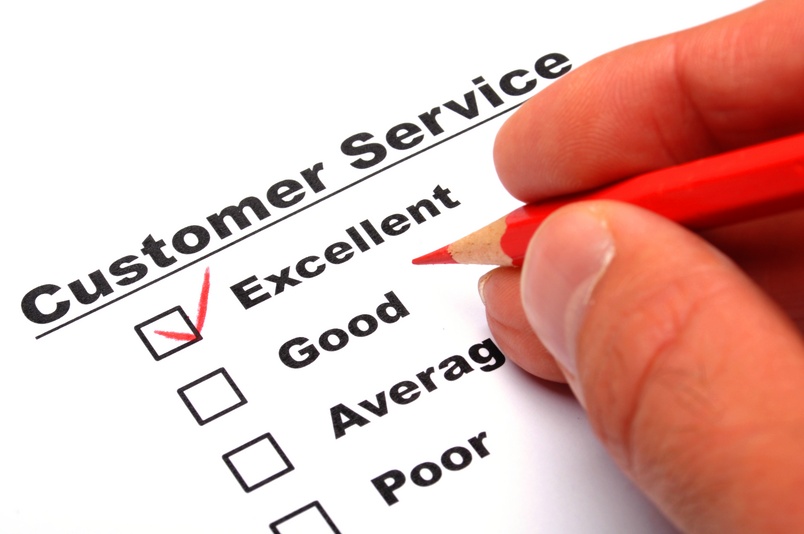If you hear a businessperson say that they owe their success to loyal customers, they are absolutely right. They are not just pandering to you as another potential customer. They are stating a fact that cannot be contested by anyone.
Indeed, without the trust and support of patrons, no business, regardless of size and scope of service, can succeed. That is why people in business have customers on top of their priorities. But how exactly do you ensure that your customers stay happy with what you offer?
This is where customer experience or CX comes in. CX refers to the customer’s overall perception of how their journey with your brand has transpired. It starts the minute they learn about you up to when they decide to either do repeat business with you or forget about you entirely.
To end up with the former outcome every time, you need to take care of your customers at every point of the CX. One way to do that is by delivering consistently exceptional customer support. Another strategy you may adopt is to regularly conduct CX surveys.
For the latter, here’s what you need to know.
CX Survey in a Nutshell
A successful CX survey has six points of consideration. They are as follows:
- Purpose – As with any business venture, you need to start with a purpose. What do you hope to accomplish? In what area do you feel your business lags behind expectations enough to warrant a CX survey?
- Design – The two main types of CX surveys are relationship and transactional. The latter focuses on a specific point in CX, while the former gathers feedback on CX as a whole. Other design considerations include survey length and types of questions. For types of questions, refer to the following:
- Scale questions (from strongly agree to strongly disagree)
- Single and multiple-choice questions
- Open-ended questions
- Target group – Your market is composed of sub-demographics. Choose which of them you need to tap for the accomplishment of a specific survey objective.
- Timing – A relationship survey, for example, is best conducted while the experience is still fresh in the customer’s mind. Timing is key.
- Insights – Survey results need to be perused and analyzed by experts. The analysis will then help you develop a relevant action plan.
- Action – With the action plan in hand, all members of your team must know the steps they need to adhere to for customer service enhancement.
Customers differ in terms of their response when tapped for a CX survey. A Survey Monkey research shows that 85% and 81% of participants are likely to participate if they had a good experience and a bad experience, respectively. As for those with normal experience, only 48% answered they are willing to answer a CX survey.
These numbers show that your easiest targets for a CX survey are those on the opposite ends of the CX spectrum. That means you either get recognition for a job well done or some much-needed constructive feedback. Either way, you rest assured of the practicality of the insights you’ll gather.
CX Survey Best Practices
To maximize CX surveys, here are recommendations you may adopt.
- Define your objective
A CX survey objective often covers any of the following categories:
- Product usage – Here you want to know how a customer interacts with your product or service.
- Demographics – This is where you learn pertinent personal information about customers to use for market research.
- Psychographics – You zero in on habits and behaviors, inclinations, proclivities, fears, and aversions. These pieces of information are relevant to your business because they provide you insight into what affects your customers’ spending decisions.
- Sample tried and tested CX survey templates
You have CX survey templates at your disposal, and you could sample them before producing your own CX survey design. Noteworthy templates include the following:
- Customer Effort Score (CES) – This template includes scale questions. The goal is to assess how a customer feels about a product or service directly after an action has been completed.
- Net Promoter Score (NPS) – Another scale-question template, this survey measures your customers’ level of loyalty to your brand.
- Customer Satisfaction Score (CSAT) – This focuses on a specific touchpoint on CX, using scale questions.
- Mind the appearance of your survey
If you’re conducting an online survey, make sure the design’s easy on the eye and the words are legible. If you must, hire a professional graphic artist for the job.
Meanwhile, if you want to go traditional, use quality ink and paper. You don’t want your survey participants to suspect you’re cost-cutting in the most dismal way.
- Check out online reviews
Not all online reviews are legit. Some are bogus, as discussed in this Macs4u review of online reviews. However, you can’t dismiss them altogether. They could serve as a good jump-off point for your CX surveys. Search for what your customers are saying about you online. Use that as a basis for your CX survey design.
In closing
Whether you want to zero in on digital commerce or brick-and-mortar customers, an effective CX survey requires careful planning and execution. You can’t just haphazardly throw in questions in the survey and expect customers to answer all of them with the same earnestness you had while developing the questionnaire. Remember that your customers value their time as much as you do. So, make sure your survey does not feel like a waste of a few minutes for them.
Lastly, walk the talk. Your surveys are for naught if whatever feedback you glean from them does not translate on the floor. Your customers will know, too. And the next time you request for them to participate in another survey, they might answer with a raised eyebrow.


Pingback: How To Grow Your Business Through Online Marketing?
Pingback: Marketing Communication As A Tool For Business Marketing
Pingback: Cybersecurity In Digital Marketing: Empowering Security Teams For Effective Defense